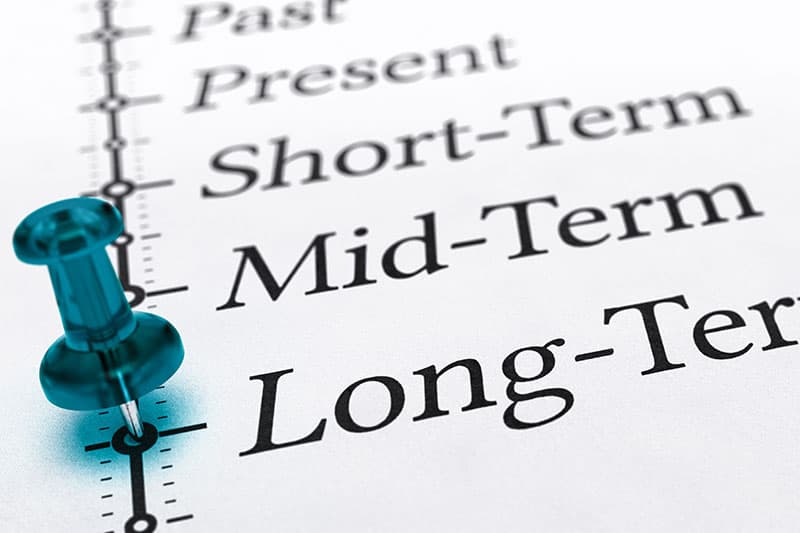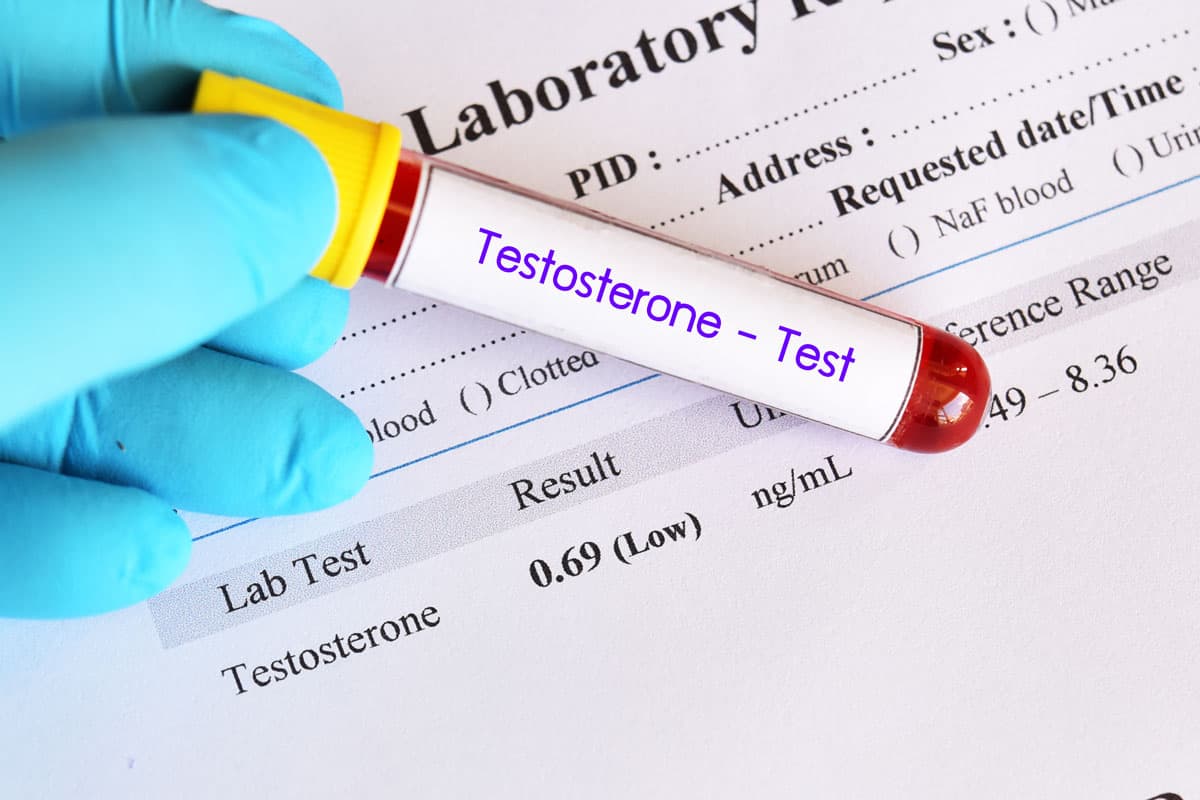Building muscle is not an easy task and expected results will not happen overnight. If you want to be successful in building muscle, you have to stay well-organized. You also have to follow a strict workout and nutritional plan, avoid temptations and be persistent with patience.
If your goal is to sculpt a well-developed and well-shaped body, then this guideline is for you. To get started with the muscle gaining program, a general understanding is required of how our muscles work and grow. Combined with basic nutritional knowledge, and basic knowledge on different core forms of exercises.
The following ten (10) muscle-building fundamentals will help you get your desired results:
- Use Proper Nutrition to Maximize Muscle Building
- Consistent and Well-planned Basic Training
- Progressive Weight Lifting
- Periodization for Optimizing Fitness Adaptation
- Enough Rest for Muscle Recovery and Growth
- Take Food at Regular Interval
- Drink Water Properly to Boost Muscle Mass
- Prioritization for A Balanced Muscle Growth
- Drink Whey to Optimize Muscle Protein Synthesis
- Have Patience for Long-Term Muscle Gain

1. Use Proper Nutrition to Maximize Muscle Building
No muscle-building mission will be successful without following a proper nutrition program. The correct nutrition at the right amount ensures the bodybuilder's overall physical and mental wellness. For this reason, fitness gurus or trainers say that maintaining a proper nutrition program is half of the bodybuilding work.
A muscle builder should pay much attention to the macronutrients which play a vital role in our body system. Protein, fat, and carbohydrate are macronutrients. The body needs these foods in large amounts to maintain the structure.
We get the necessary energy and strength from macronutrients to do muscle-building training. Maintaining a solid nutrition program is a must for effective muscle mass.

Protein is essential in muscle building
Of the three macronutrients, sufficient protein intake boosts our muscle growth. It also improves our overall health condition. Amino acids work as the building block to form proteins.
So, a muscle-builder should pay close attention to amino acid consumption. He needs more protein than an average sedentary man.
Health specialists recommend at least 1 gram of protein per pound of body weight for a muscle-builder. You can take more protein if you increase your exercise frequency and duration. It is recommended that 10 to 30 percent of total caloric intake should come from protein.

Why do carbohydrates matter in muscle building?
Carbohydrates play a significant role in our whole body composition. The right amount of carbohydrate intake fuels our muscle growth journey.
Carbs are the source of energy in our body for heavy workouts. Our body stores some of the carbs we take as glycogen, a form of energy. No muscle-building mission will be successful without an effective carbs program.
Mass gain specialists suggest that a beginner bodybuilder should take almost half of his total daily calories from carbohydrates. Carbohydrates are available from both healthy and unhealthy sources.
Generally, a healthy source of carbohydrates is all kinds of grains, sweet potatoes, vegetables, and fruits. Unhealthy carbohydrates are foods based on sugars, examples are sweets and most processed foods.

Why fat intake are so important in gaining muscle?
Fat is one of the macronutrients, an integral part of our daily diet. Our body needs fat in a large amount. To lead an effective muscle-growth campaign, up to 30% of calories should come from fat. Saturated fat intake helps maintain an optimal level of testosterone that plays an essential function for muscle-building.
All kinds of vegetable oils, walnuts, peanuts, fatty fish (catfish, salmon, trout), avocado, butter and animal fats provide essential fats. Consuming fat is the only way of producing essential fatty acids in our bodies. It also works as a component of cell walls. Besides, fat is a vital source of general strength.

2. Consistent and Well-Planned Basic Training
The importance of consistent and well-planned basic physical training for expected muscle growth needs no mention. Many of us dream of getting desired muscle, but only a few who are consistent in workouts can reach the goals.
Lack of physical activity causes gradual muscle loss. So, to keep muscle growth continuous, consistency in training is a must. It's impossible to gain muscle overnight, it may take months even years in this journey to reach our targeted muscle gain.
Understanding muscle groups can help plan training sets for the improvement of every group. There are three muscle groups: cardiac, smooth, and skeletal. Cardiac muscles control the heart while smooth controls the blood vessels.

The importance of cardiac muscles
Aerobic exercise like swimming, brisk walking, or cycling help improve our cardiac muscles performance. It is a form of heart conditioning aiming at cardiovascular endurance. Aerobic exercises provide immense benefits to our overall health by keeping the heart and lungs healthy.
Understanding the importance of skeletal muscle
A bodybuilder's main target is to gain skeletal muscles. These muscles attached to the bones by tendons are responsible for every movement of our body parts. Achieving skeletal muscle growth requires well-planned workouts. Muscle mass specialists recommend 30 to 45 minutes of planned training per day, three times a week.

3. Progressive Weight Lifting
Lifting weight is a physical exercise designed to train a targeted muscle group against external forces. Weight lifting is also known as strength or resistance training.
The benefits of weight lifting are incredibly numerous, beyond muscle and strength building. It enhances overall health improvement and mental well-being. Weight lifting helps burn more calories stored in the body, that is how we get lean muscle mass.
A bodybuilder performs weight lifting activities through progressive weight increment to get better results. It's also called progressive overload. This is when you gradually increase using heavier weights, increasing the frequency, or the number of repetitions in your workouts. This challenges your muscles and allows your musculoskeletal system to get stronger.
Weight lifting boosts skeletal muscle growth, strengthens bones, and enhances metabolism and cardiac functionality. If performed efficiently, weight lifting or resistance training gives many more health benefits to the performer. To build strength and achieve high muscle endurance, strength training has no alternative.
There are different types of weight liftings such as the deadlift, squat, bench press, barbell snatch, barbell clean & jerk. Some lifting activities require no equipment involving only the performer's body weight.
Any form of weight lifting is good for muscle building. Progressive weight challenges bring better results in muscle mass and strength building. A bodybuilder should design his weight lifting activities targeting the entire musculoskeletal system.

4. Periodization for Optimizing Fitness Adaptation
A muscle-builder should have a good understanding of periodization in training for optimizing fitness adaptation. It is an approach that sets training activities for a scheduled time to meet the desired goals within that time frame. Periodization in muscle building helps us get long-term fitness objectives. Besides, periodization enhances performance and stability, facilitates recovery, reduces fatigue, prevents overtraining and boredom.
To periodize muscle-building, we adjust training variables for performance optimization. Work volume, intensity, and frequency are training variables.
According to time-span, there are three cycles in periodization: macrocycle, mesocycle, and microcycle. Macrocycle periodization tends to be longer, typically one or two years.
A mesocycle can take up to four to six months. A microcycle consists of short-term activity, normally one week. Every cycle includes heavy, light, and recovery workouts.

5. Enough Rest for Muscle Recovery and Growth
Muscles do not grow in the gym so adequate resting is the key to successful muscle growth. Heavy workouts stimulate muscle growth, but the real things happen during rest.
As you progress on your workouts, muscle fibers are damaged and torn. Adequate recovery interval between two sets of training programs is beneficial for torn muscle repair. Recovery interval also helps gain strength for more workload.
Proper sleep timing and duration work significantly in muscle recovery and growth. When the body is asleep, it uses less energy; so, the consumed nutrients can contribute to overall health growth. Proper sleeping also reduces stress and fatigue.
The sleeping requirement varies from person to person and depends on age, weight, and psychology. And, a sedentary person needs less sleep than a heavy worker.
Strength-building gurus generally recommend at least 7 hours of sleep for effective muscle recovery and strength building. Efficient periodization of a training program is a great technique that works incredibly in muscle recovery and growth.

6. Take Food at Regular Interval
We know the importance of taking the right foods at the right time to accelerate muscle gain. Growth hormone plays a crucial role in muscle cell development. Growth hormone deficiency may occur if we do not take food for a long time. So, it is urgent to ensure continuous nutrient intake.
Eating at a regular timeframe with the standard meals for breakfast, lunch, and dinner is acceptable for gaining muscle mass. However, eating something at a regular time frame (usually every three hours) is crucial to enhance muscle mass.
Following a fixed routine for meal taking will work excellently. It gives us some direct benefits: we never feel acute hungry, prevents overeating at the next meal, boosts muscle gain.
Overeating is harmful to our health system. It also increases the stomach size.

7. Drink Water Properly to Boost Muscle Mass
Understanding the importance of hydration for our whole body structure is key to successful muscle gain. As we train hard, our body gets dehydrated through sweating, and dehydration impairs muscle recovery; causes fatigue, tiredness, and dizziness. So, drinking adequate water is essential for heavy trainers. And before a heavy workload, hydrating the body is so important.
Water has many functions in our body. It plays a crucial role in the formation of proteins. It also does the transportation of nutrients to cells. Besides, water transports the waste out of the body.
Water's role is far-reaching in the functionality of our major organs like the heart, lungs, brain, kidneys, etc. A vital component of our muscles is water. Hence, any muscle-building endeavor will fail without proper water intake.
Water requirement depends on many facts, like age, weight, height, lifestyle, etc. Generally, 0.01-liter water per pound of bodyweight is ideal. In other words, 10 to 12 glasses of daily water intake will work. Keep in mind that a heavy workout in the gym requires more water intake for muscle recovery and strength regaining.

8. Prioritization for A Balanced Muscle Growth
Prioritization is a tactic applied in physique training to achieve the targeted development of a specific muscle group or body part. We know there are over 600 muscles and three main muscle groups in our body.
Everyone dreams of getting a physique with the balanced development of every muscle group. But it is hard (if not impossible) to develop more groups synchronously because our body has limited resources and recovery ability. So, priority training helps us improve growth on certain muscle groups.
To get better results from prioritization, target a slowly growing body part or muscle group. Add some changes in your training routine like increasing volume, intensity, or frequency; and monitor for four to six weeks. After reaching the timeline, assess your muscle gain for the next move. If the development is good enough, move on to another lagging group or body part.
In the same way, we can treat overdeveloped body parts or groups with a prioritization tactic. We need to use less volume, intensity, and frequency in our training this time. Thus prioritization helps us to sculpt a beautifully developed physique.
Prioritization in training can be a never-ending process. As we continue practices, changes come in the body with time. So, we may need to make significant changes in our prioritized training to optimize development.

9. Consume Whey to Optimize Muscle Protein Synthesis
We all know that whey is a byproduct of milk and contains high amounts of amino acids. It is a combination of macro and micronutrients and a good source of calories. A study shows that consuming whey before going to bed boosts muscle mass.
It increases protein synthesis and decreases muscle protein breakdown. Whey products perform various functions in the body: optimizes muscle protein, restores glycogen, hydrates, manages sores, etc.
Whey provides high-quality and easily absorbable protein that helps muscle growth and recovery. It also provides high-quality leucine and branch chain amino acid.
Both are responsible for muscle protein synthesis. Adequate whey intake after heavy workout repairs torn muscle fibers, and boosts muscle growth. So, whey protein or whey isolates is an essential component of a bodybuilder's diet.

10. Have Patience for Long-Term Muscle Gain
Muscle building is an ongoing process. Working hard for a few weeks or months may not be enough for achieving desired muscle gain. It may take years for lean muscle success; the process is super slow.
Every bodybuilder should have much patience to accept this reality. Otherwise, frustration will lead to ultimate give up. Many successful athletes or muscle gainers have put years or even decades in hard work to touch the goal line. So, to build a beautiful, balanced, well-muscled physique, one requires super patience.
What you need to know for long term muscle growth
Muscle building requires consistent and persistent workouts to achieve optimal results. Proper nutrition intake, well-planned training, and perfect patience are keys to success.
The muscle-building fundamentals explained above should help you guide through the whole journey to reach your health and fitness goals. If you like this article, please share it with someone who can benefit from this guideline. If have any suggestions to add, leave your feedback and answers in the comments section below.







Hi Team,
i am Ajay from Delhi India...